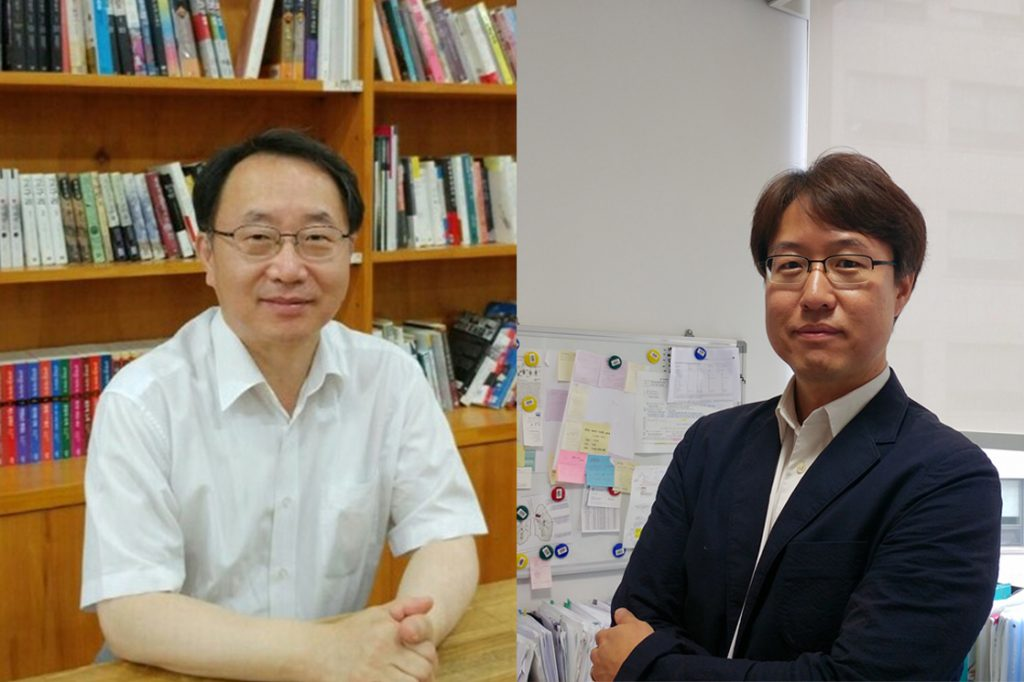Find protein to treat sepsis
A joint research team at Yonsei found that sestrin-2 can be used to treat sepsis

Researchers Find Protein to Treat Sepsis
Researchers at Yonsei University have discovered a way to treat sepsis, a potentially deadly condition in which severe inflammation throughout the body is brought on when toxins produced by bacteria enter the bloodstream.
A joint research team led by Yonsei University College of Medicine professors Yoon Joo-heon and Ryu Ji-hwan has found that sestrin-2, a protein found in the human body, can be used to treat sepsis. The results of the study were published in the June 2016 volume of Autophage.
Researchers compared the vital reactions of control mice with naturally occurring sestrin-2 and mice which had no sestrin-2 protein after sepsis was induced. The results showed that sestrin-2 plays a role in reducing inflammatory response.
The study revealed a regulatory mechanism of reducing severe inflammation in which sestrin-2 blocks the so-called “signal” that triggers inflammation.
The cell organs that signal an immune response are called mitochondria. Mitochondria are the organelles responsible for creating energy within a cell and are often referred to as the “powerhouse of the cell.” If microorganisms invade, mitochondria are injured and trigger an immune response. Generally, damaged mitochondria then die and fade away.
However, in the case that damaged mitochondria does not dissolve and remains behind, it results in a stronger immune response. It is then that sestrin-2 removes the damaged mitochondria to prevent further immune response.
According to Professor Yoon, this study suggests a new potential treatment for sepsis, which is difficult to do with antibiotics alone. In addition to treatment of sepsis, Yoon hopes that it will provide a foundation for further research into treatment methods for geriatric diseases as well.
Recommended Articles
Professor Hyuk-Jae Chang
Professor Sung-Joo Hwang